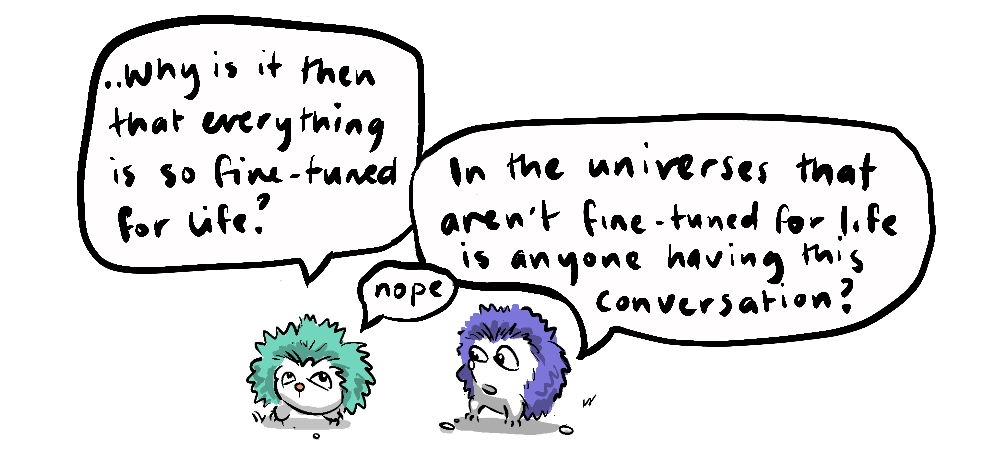
A non-zero-sum game is one in which the whole is greater than the sum of its parts and so a prerequisite for non-zero-sum games is that we live in a universe where the whole can be greater than the sum of its parts, or more accurately speaking, can be more complex than its parts.
It's not a given that this should be the case: nothing could continue to be nothing, something could continue to be that same thing, replication could lead to homogeneity—all of these universes are fathomable, and yet we live in one where the seemingly impossible is apparently possible, we live in a non-zero-sum universe*, where complexity emerges.

This series is going to explore the fundamental non-zero nature of the universe in which we find ourselves, namely the principle of emergence. Through a series of simulations and speculations, we'll look at the counter-intuitive nature of emergence in a universe governed by entropy, how layers of replication give quantity a quality all of its own, at how successive phenomena essentially consume their precursor's... waste and how we are already complicit in the destruction of the universe (but that's okay).

Conway's Game of Life is type of cellular automata devised by the British mathematician John Horton Conway in 1970. It is a zero-player game in that its evolution is determined by its initial state.
Conway's Game of Life is one of the simplest embodiments of emergence, creating seemingly organic behaviours; moving, consuming, spinning, dying, blooming, all from extremely...
... SIMPLE RULES
- Birth: A dead cell with exactly three live neighbours becomes a live cell (as if by reproduction).
- Survival: A live cell with two or three live neighbours stays alive for the next generation.
- Death
- Overpopulation: A live cell with more than three live neighbours dies in the next generation.
- Underpopulation: A live cell with fewer than two live neighbours also dies.
We, in part, have our inate tendency to anthropomorphise to thank for interpetting these behaviours as "life", but it is not just a perceived complexity we are witnessing. Bear in mind that Conway developed this "Game" before he had access to a computer to run it on! So, imagining Conway analysing his results manually might give one an appreciation for the very real complexity that emerged from this simple formula.

Now with computers we can simulate the results to a fine degree, where the biomorphic behaviour becomes more evident. You can see that while the pattern below tends toward stasis it does so unpredictably, with small events triggering wild cascades of new activity.
... this is all well and good on a computer designed by humans, with a very specific program created by a human mind and set in motion by yet another human being. One could claim that there's a whole lot of complexity, order and even design there to begin with! Whereas the universe is a whole different situation, how can complexity arise from a universe where the second law of thermodynamics states that entropy, disorder and simplicity always increases?

In the next part we shall see how this seeming contradiction turns out to be false, and that the principle at work in Conway's Game of Life, is at work in life itself.